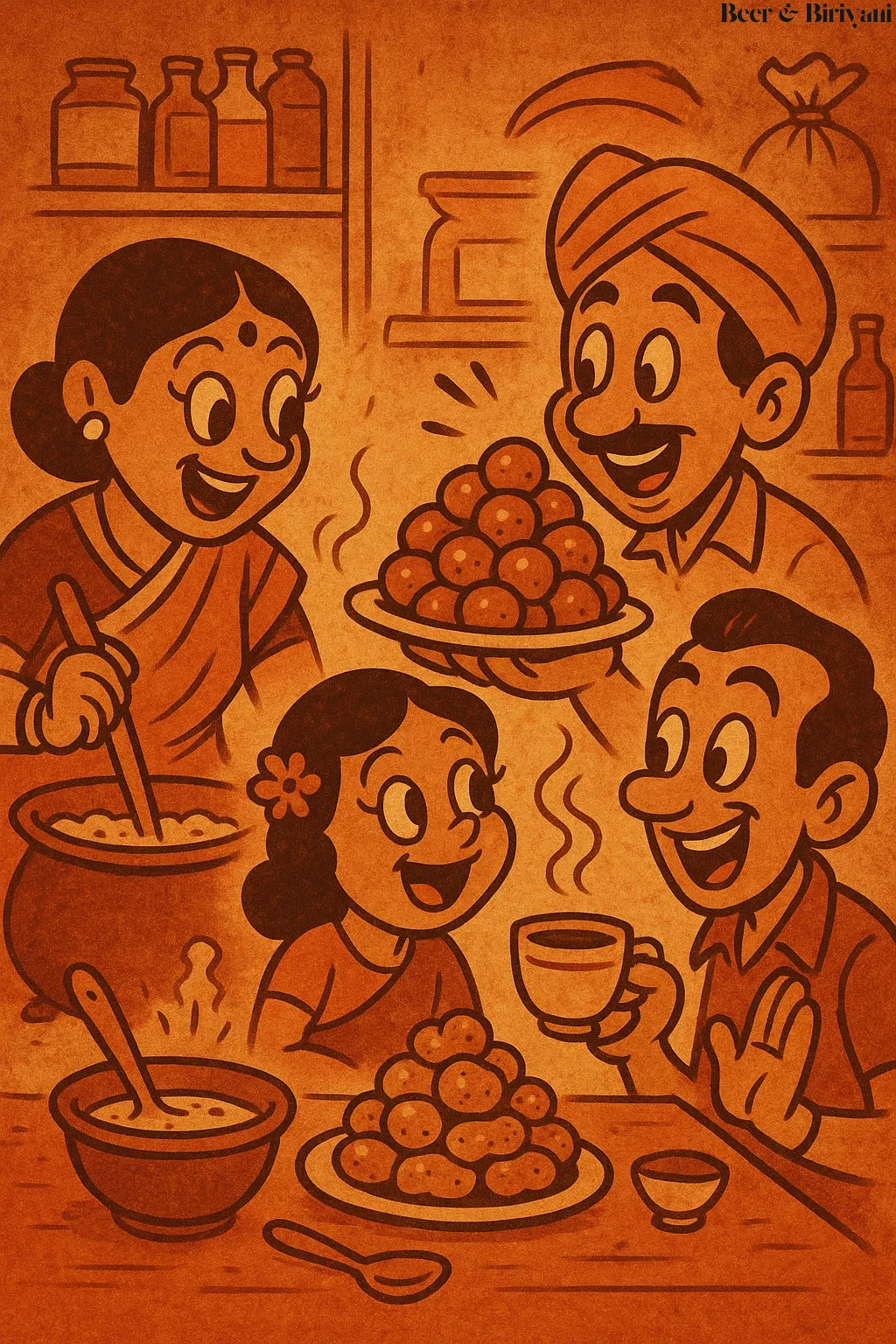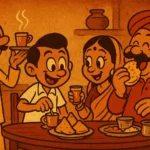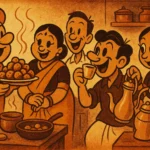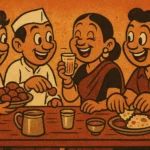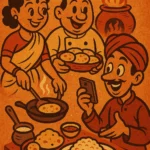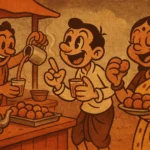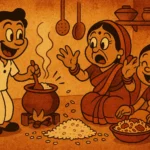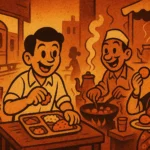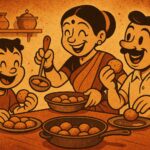In the heart of every immigrant community lies a special kind of place—neither home nor work, but somewhere in between. These spaces often take the shape of corner stores, cafes, or local markets. In the Indian diaspora, one such place is the desi grocery store. Whether it’s a Patel Brothers in a strip mall or a small family-owned corner shop, these stores have evolved into something far more significant than just places to buy food. They have become cultural hubs, offering a taste of home, a dose of community, and a space for gossip, comfort, and even a little chaos.
When I first moved to Austin, Texas, finding a desi grocery store was like discovering a piece of Mumbai right in the middle of the Texas Hill Country. I had grown up walking past my neighborhood’s little Kirana stores, where familiar faces greeted you with a smile, and the smell of spices wafted through the air. These stores weren’t just places to pick up daal or masala chai; they were a slice of the life I had left behind. And I quickly realized, the same was true here in Austin.
The Grocery Store as a Third Place
There’s a concept in sociology called the “third place”—a space that isn’t home or work but serves as a gathering spot where people can connect, relax, and share experiences. Think coffee shops, libraries, or local parks. For Indian immigrants, these grocery stores often fill that very role. It’s where you meet friends and strangers alike, where you catch up on community news, and where you can get that extra dose of ghee or masala you didn’t know you needed until you walked in the door.
The experience of walking into a Patel Brothers or a local desi store is an experience in itself. First, there’s the smell of incense, mixed with the earthy scent of curry leaves and fresh coriander. Then there’s the hum of familiar Hindi, Tamil, or Punjabi conversations filling the air. People are exchanging recipes, offering advice on how to make the perfect biryani, or simply chatting about family and life back home. These stores are more than just retail spaces; they are community centers, bridging the gap between cultures, generations, and languages.
The aisles, filled with bright yellow packets of Maggi noodles, jars of pickles in every conceivable flavor, and shelves of masala mixes, hold more than just products—they hold stories. The grocery store becomes an extension of home, a place where you can find familiar things that remind you of the tastes and smells of your childhood. And for the elderly immigrants, especially those who might not have family nearby, these places become their connection to a larger community. It’s where they feel seen, heard, and most importantly, part of something bigger.
Comfort in Chaos
Desi grocery stores, especially in diaspora communities, are rarely orderly places. There’s something beautifully chaotic about them. Spices spill over from shelves, customers seem to be in a perpetual rush, and sometimes it feels like the whole place is buzzing with energy. But within this chaos, there’s comfort. It’s the comfort of familiarity. The comfort of seeing the same friendly faces every week, of knowing that no matter what, you’ll always be able to find a jar of achaar or that elusive brand of chai.
The joy in these stores isn’t just in the shopping—it’s in the experience. The laughter of children running between aisles, the jovial exchange of recipes between a mother and daughter, the old man at the counter who can tell you exactly how to make the perfect aloo gobi. It’s a sensory overload, and yet, it feels like home. It’s a place where you’re not just a customer; you’re part of a bigger family, united by the love for food, culture, and community.
And then there’s the small but significant act of buying something you didn’t really need but can’t resist. Whether it’s that box of burfi, a handful of pistachios, or an extra bag of frozen parathas, it’s the little indulgences that make the shopping experience so comforting. It’s a gentle reminder that in a world full of complexities, the simple joy of food and community can still be found in the most unexpected places.
A Cultural Lifeline
Beyond the immediate comfort of familiar products and faces, these desi grocery stores serve as a cultural lifeline. They are where traditions are passed down, where children learn the names of spices and curry leaves before they can even spell them, and where recipes are shared like secrets between generations. These stores are repositories of culture, offering not just ingredients but a sense of continuity, a thread connecting the past with the present.
But they also serve as more than just a bridge to the homeland. As more generations of immigrants grow up here, the grocery store becomes a space where cultures blend. It’s where young people, raised in the U.S., come to learn about their roots. It’s where families find themselves sharing not just the food of their ancestors, but also the food of their new home, experimenting with fusion dishes and new flavors. The desi grocery store becomes a place of cultural negotiation, where identities are shaped and reshaped by the foods on the shelves.
And then there’s the emotional connection. It’s not just about food; it’s about community. These stores are a reminder that, no matter how far we’ve come or how different the world around us may be, there’s always a piece of home waiting for us in the next aisle. For immigrants, the grocery store is the heart of the community, a place where we find connection, warmth, and the familiar taste of home, all wrapped up in the simplicity of a bag of rice or a tin of ghee.
The Future of Desi Grocery Stores
As Indian cuisine continues to gain popularity around the world, these stores will only grow in significance. The next time you walk into a Patel Brothers, a local spice market, or a family-owned grocery store, take a moment to appreciate what it represents. It’s not just a place to buy your ingredients—it’s a space where cultures intersect, where connections are made, and where the heart of a community beats strong.
For the Indian diaspora, these grocery stores are more than just retail spaces. They are the third places, the community hubs, and the cultural lifelines that make us feel at home, no matter where we are. So the next time you find yourself standing in line, chatting about the best way to cook your dal, remember: it’s not just about buying spices—it’s about preserving culture, fostering community, and finding comfort in the familiar.
Born in Mumbai, now stir-frying feelings in Texas. Writes about food, memory, and the messy magic in between — mostly to stay hungry, sometimes just to stay sane.

